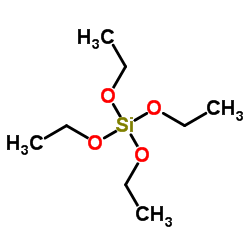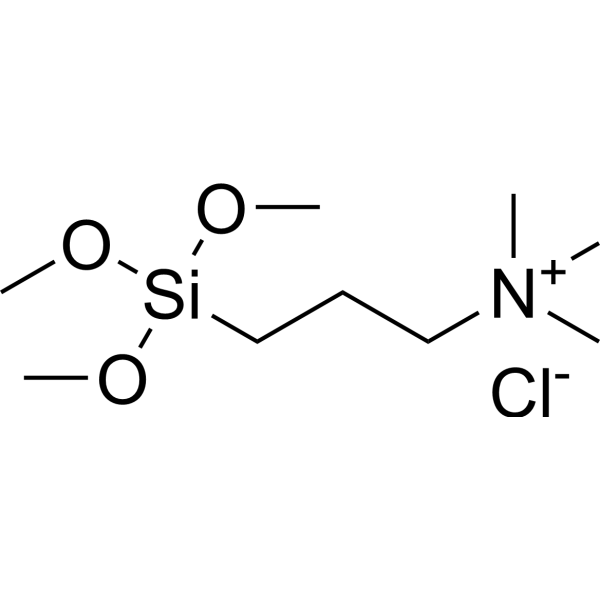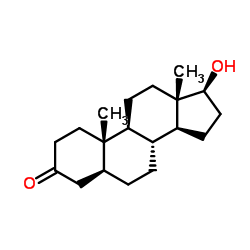| Structure | Name/CAS No. | Articles |
|---|---|---|
 |
Methanol
CAS:67-56-1 |
|
 |
acetic acid
CAS:64-19-7 |
|
 |
Tetraethyl orthosilicate
CAS:78-10-4 |
|
 |
N-Trimethoxysilylpropyl-N,N,N-Trimethyl Ammonium Chloride
CAS:35141-36-7 |
|
 |
acetic acid
CAS:1173022-32-6 |
|
 |
Stanolone
CAS:521-18-6 |